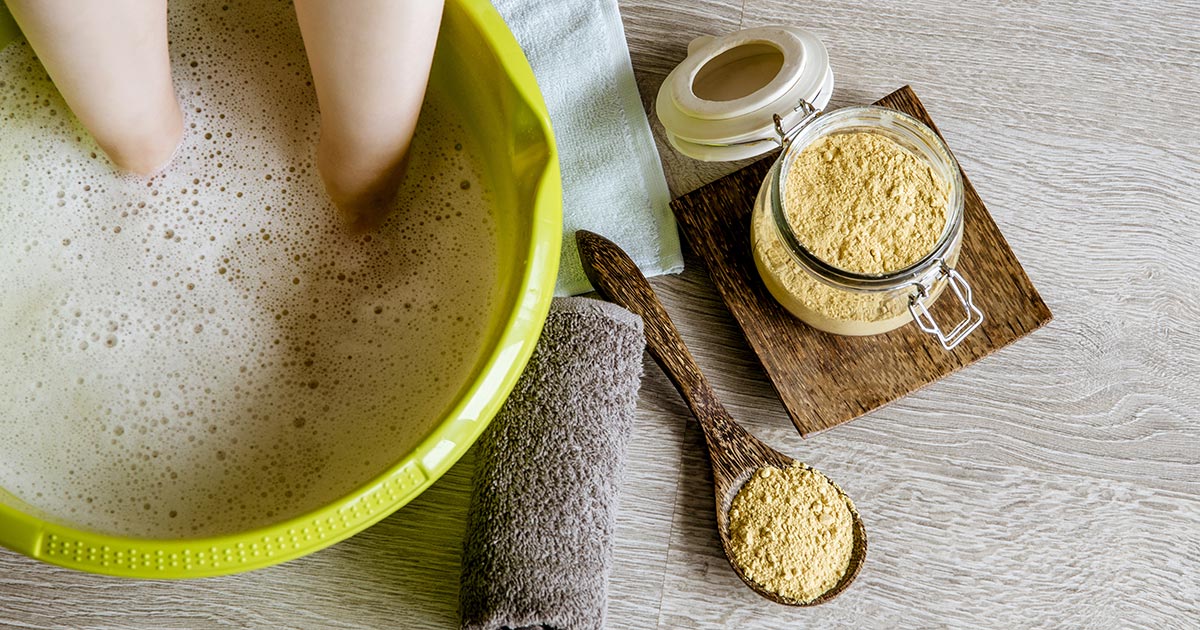
The use of water to heal the body and comfort the mind is as old as the Greek myths you may be teaching your students.
Hydrotherapy is used for rehabilitation, chronic pain, and musculoskeletal disorders — and spas around the world have added it to their menu of services to aid in detoxification, tension release, and overall well-being.
What is hydrotherapy?
The term “hydrotherapy” can be used to describe any healing therapy using water in any of its forms — water, ice, steam — and in various temperatures, pressures, and duration. From sweating it out in a steam room to floating in a dark saltwater pod (yes it’s a thing and it’s actually pretty popular), hydrotherapy packs a powerful punch in the health department.
With its power to restore, maintain, and regulate your physical and mental health, water is an amazing resource because we can tap into its wonders right from the comfort of our own home.
Ways to use hydrotherapy at home
- Compresses: A compress (ie, a towel soaked in water) is a simple form of hydrotherapy easily used anytime, anywhere. Cold compresses can help reduce swelling, treat headaches, and soothe irritated skin. Warm compresses encourage blood flow, treat infections, and relax muscles.
- Contrast baths: Most commonly used by athletes, alternating from hot to cold can relieve aches and pains. For sore hands and wrists, (what 30 shapes did you cut out today?) a simple hand or forearm bath can be the perfect hydrotherapy remedy. Immerse hands in hot water for two minutes. Then place them in cold water for one minute. Alternate at least three times, moving hands from hot for two minutes to cold for one minute.
- Showers: Taking a shower instead of a bath can be an effective form of hydrotherapy, especially when you wish to alternate temperatures. Changing the temperature from hot to cold can invigorate and refresh your system. Hot water will relax and soothe your body almost immediately, while the shock of cold water will jolt your muscles, moving blood, inspiring alertness, and clearing out those nasty toxins.
And, while we’re talking about showers, it’s important to note that your shower head makes a difference and can easily be swapped out. Rain shower heads, massage shower heads…do your research and pick one that suits you.
- Whirlpool or jet baths: A bath is the most common form of hydrotherapy. It can give you the time to just enjoy the feel of water on your skin and calm your mind and senses as you float in the pressurized bath. Add epsom salts or calming essential oils like lavender, rose, or jasmine and soak away the pressures of the day. Or use the jets to direct water pressure to tight, sore, or injured areas for two to three minutes.
- Foot bath: An herbal foot bath is an easy way to comfort fatigued feet and speed up recovery from overuse (because what teacher doesn’t have exhausted feet?), and exercise. Fill a tub big enough to submerge your feet to the ankles. Add epsom salts and a few drops of essential oil or an herbal tea bag. Soak your feet for about 15 minutes. When time is up, massage in your favorite lotion and slip into some comfy socks.
Amazing benefits of hydrotherapy
- Reduce pain and tension. Soothing aching muscles, hot water relaxes by increasing blood flow to strained and stiff parts of the body. Cold water restricts blood vessels, slowing down circulation. This can ease inflammation and boost blood supply toward the internal organs, increasing their functionality.
- Relieve anxiety and stress. Hydrotherapy can affect hormone levels produced by the brain. It can stimulate endorphin release and increase serotonin levels. These hormones are known to relieve pain naturally and increase feelings of happiness, contentment, and calm.
- Naturally detoxify. Increased blood flow not only affects muscles but overall circulation as well. With an increase in circulation, the body’s white blood cells collect and destroy unwelcome materials from the body more quickly. Unwanted toxins will be naturally flushed from your muscle tissues.
- Improve sleep quality. It is generally suggested that the optimal temperature for sleep is between 60 and 67 degrees Fahrenheit. The body naturally produces melatonin as lowered body temperature signals the brain that it is time for bed. Practicing hydrotherapy can trick your mind and body by lowering your body temperature.
- Feel better. Hydrotherapy has a psychological, as well as physical, effect. Warm water against the skin creates a calm environment, making you feel relaxed, content, and even sleepy. Cold water seems to shock our system, manifesting a more invigorated or energized feeling.
So when you’re feeling frazzled, in need of a solid cleanse, or just want to soothe tired muscles, turn on the faucet and let that good old H20 do its thing.
Ashley is an award-winning copywriter and content expert with more than a decade of proven results for national and local clients. From brainstorming high-end conceptual content to styling sentences that engage and convert, she’s got a knack for shattering the status quo. When she’s not in full-on writing mode, she’s hanging out with her rascal of a puppy and discussing the plausibility of unicorns with her 8-year-old daughter.
Categorized as: Lifestyle
Tagged as: Teacher Self-Care, Teacher Wellbeing
